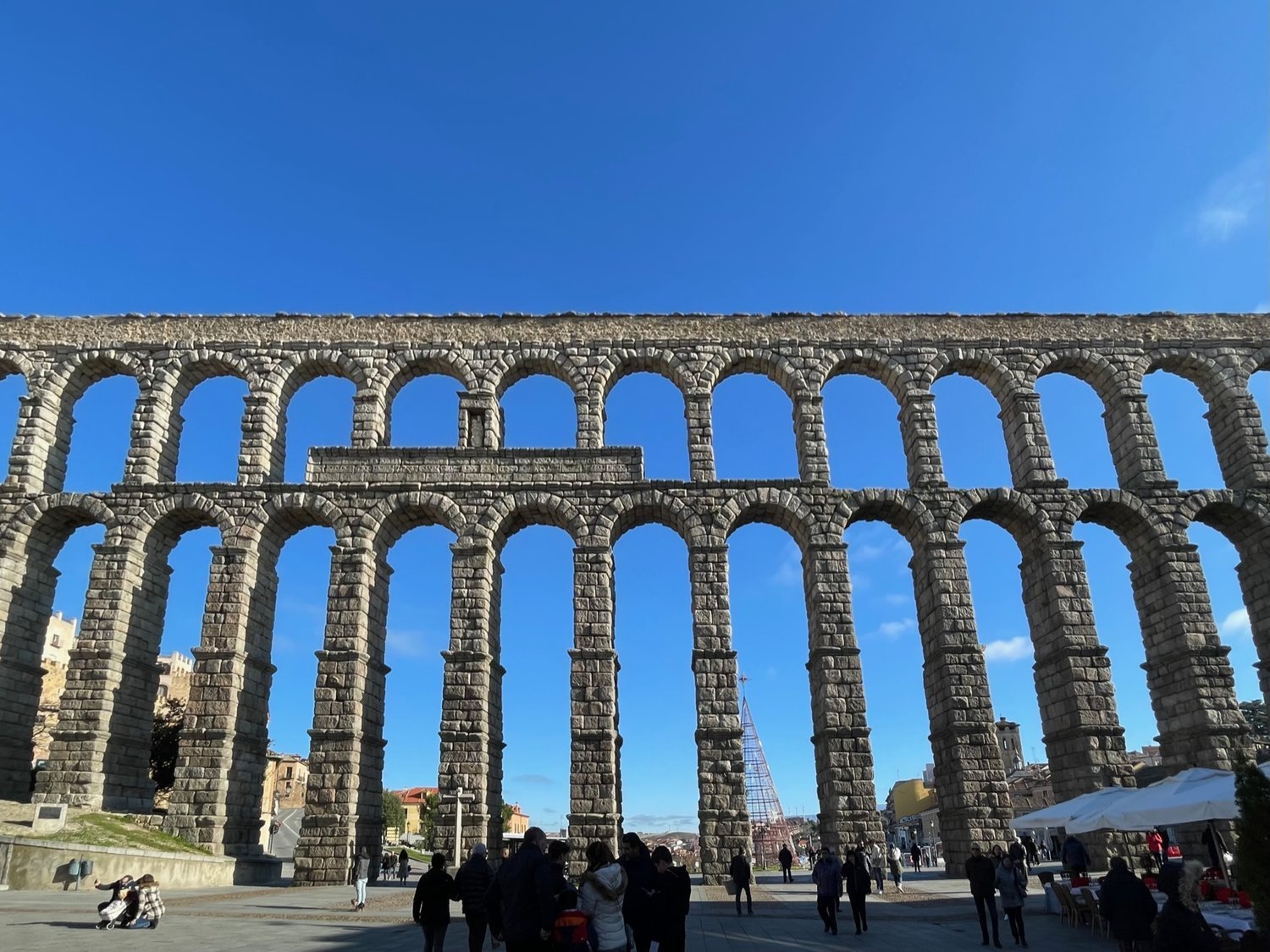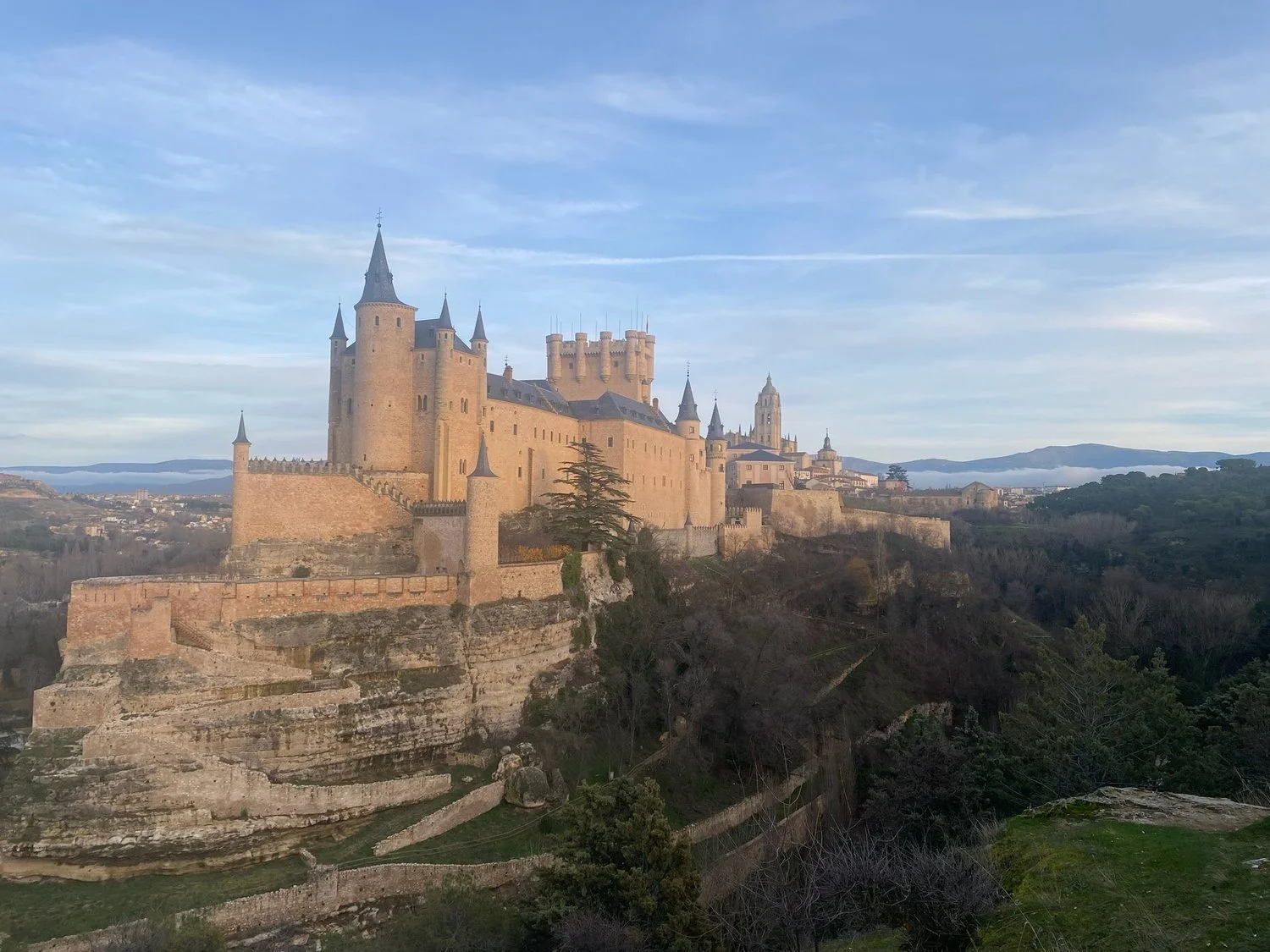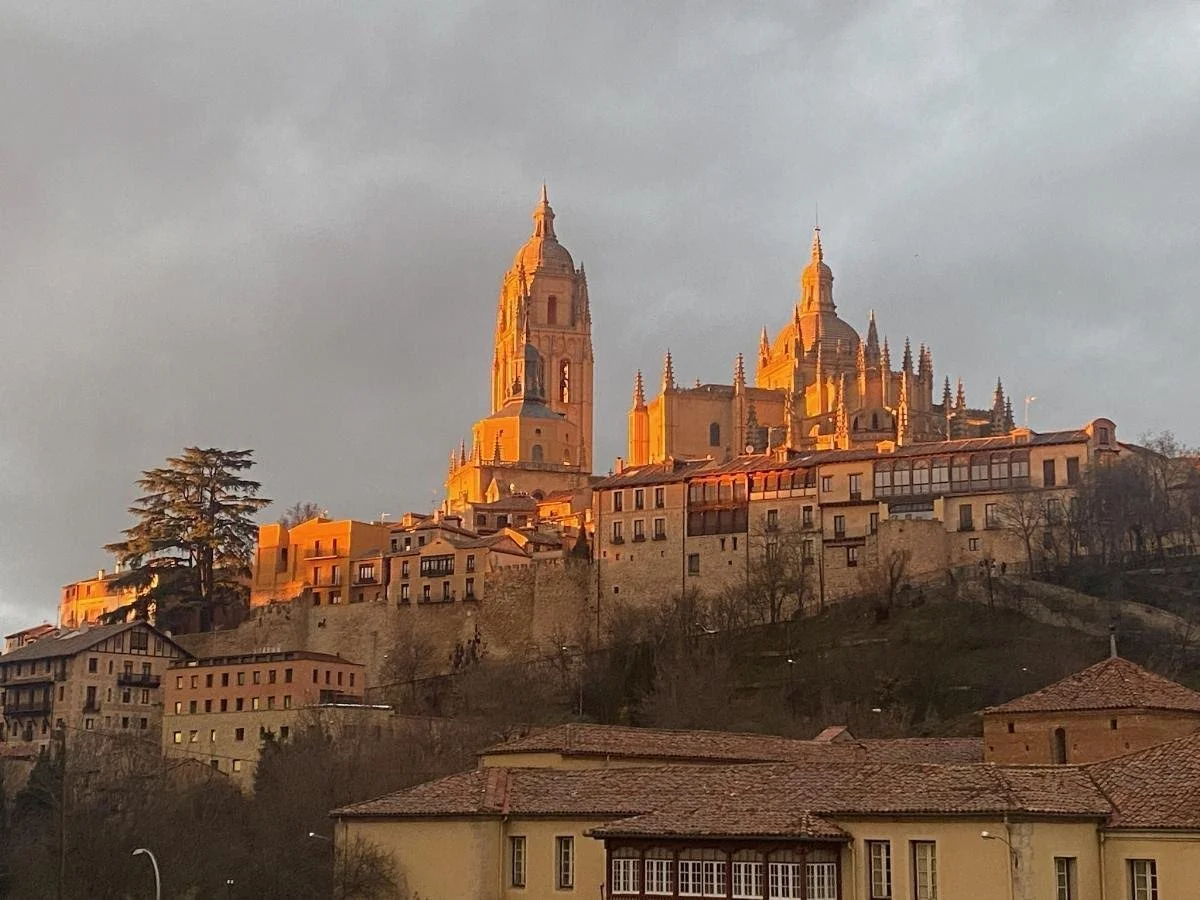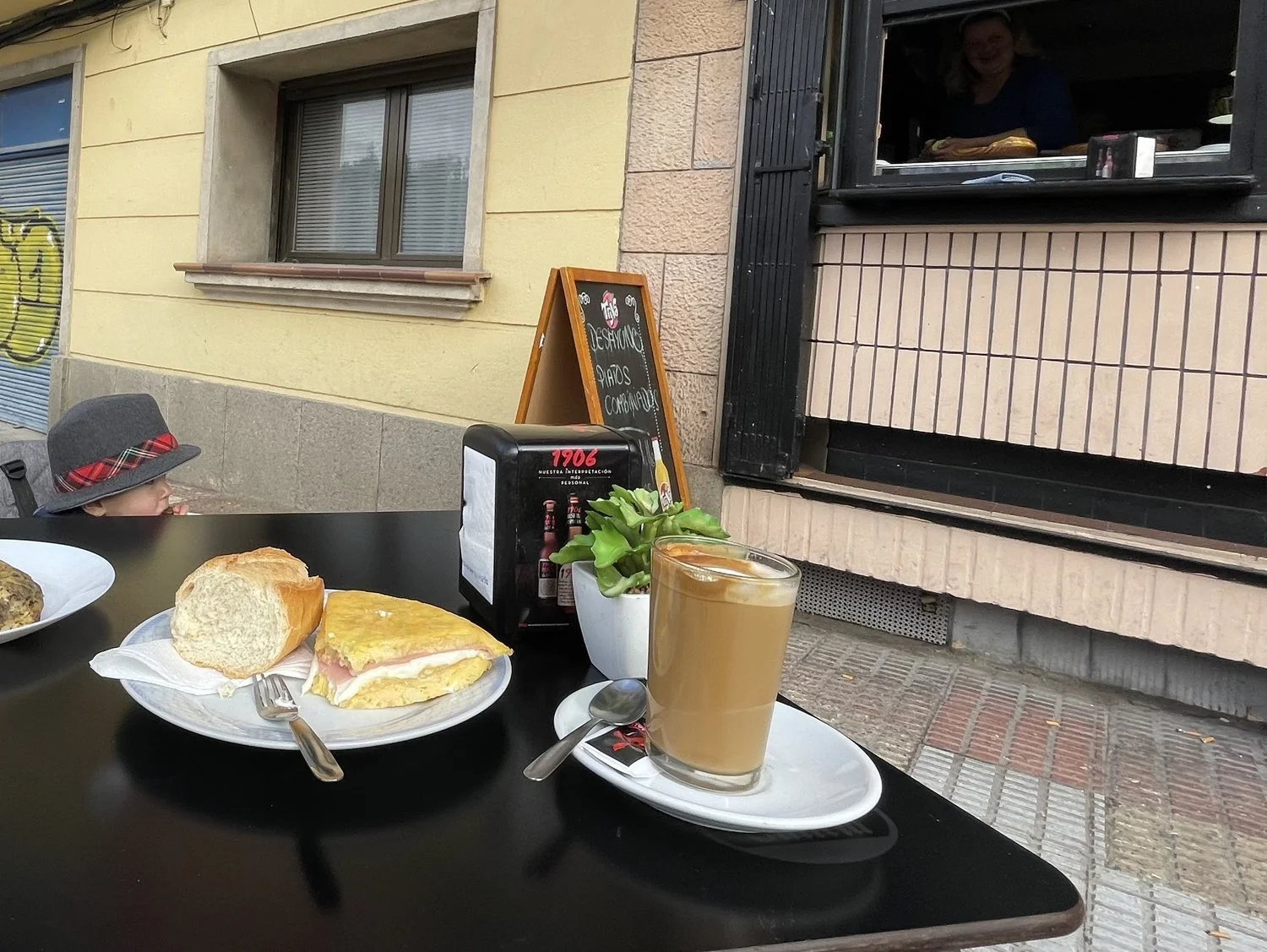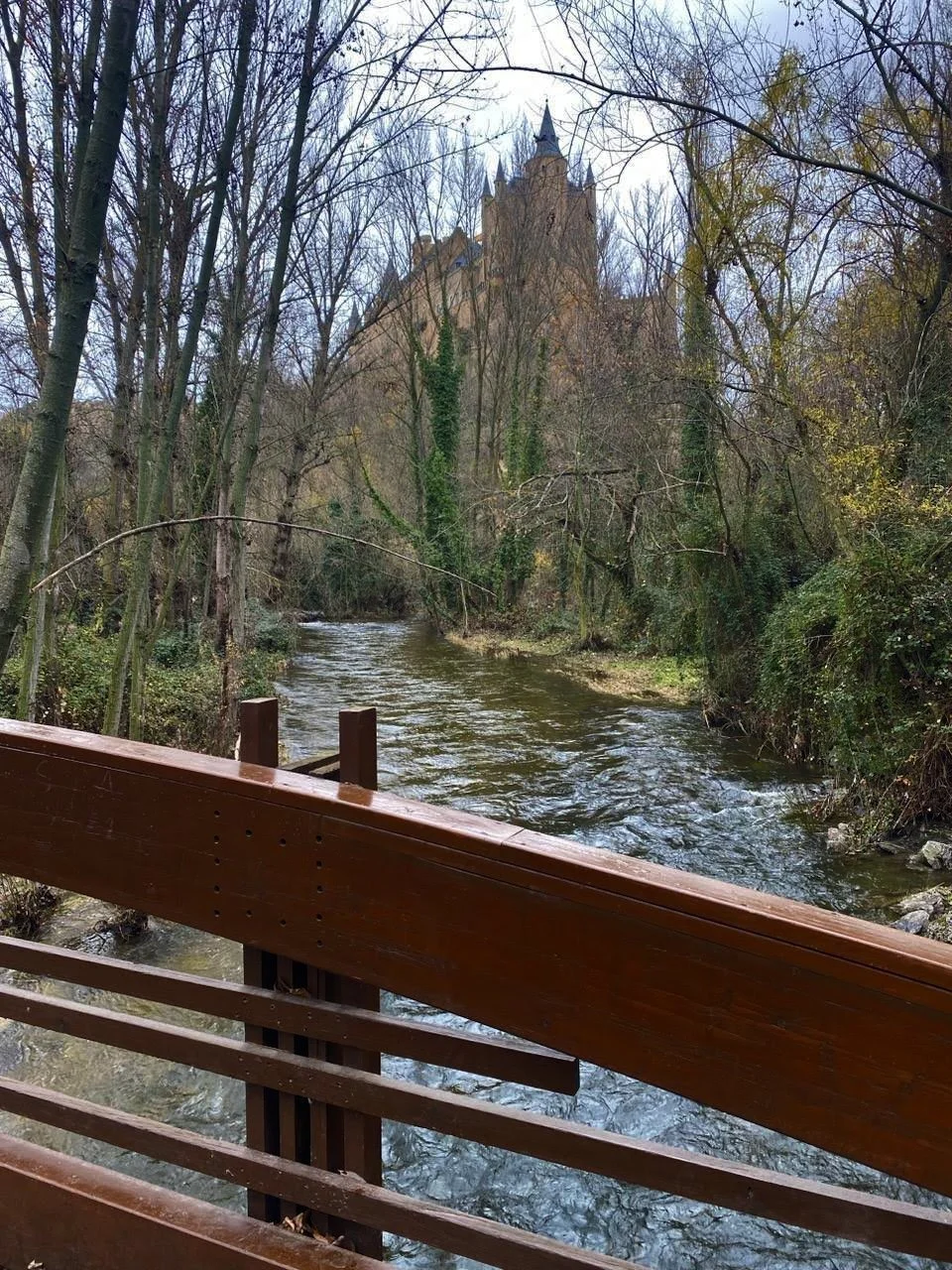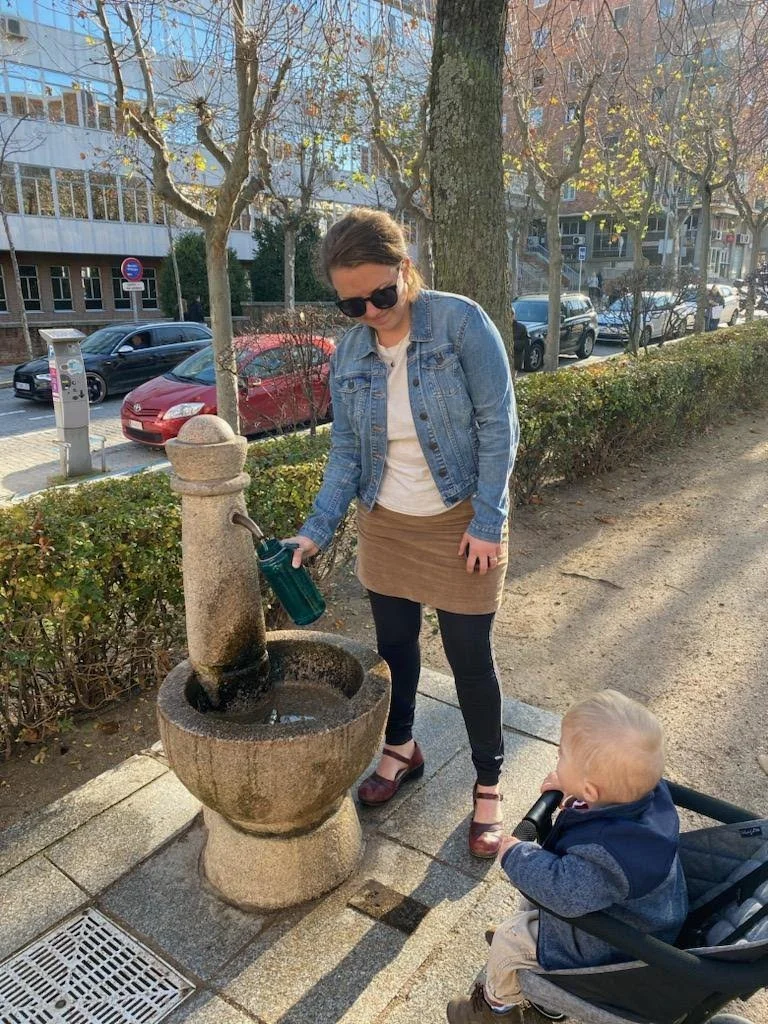Segovia, Spain Overview
If one were to take a poll among those who have traveled to Spain that asked where they had visited, it’s highly likely Barcelona, Madrid, Seville, or Valencia would take the top spots. And for good reason… these of course are Spain’s largest, most well-known, and most heavily advertised locations among travel books and blogs. Administer that same poll, but swap Spain out for the United States, and international travelers might also cite big cities like New York, Chicago, or Los Angeles… While each of these cities, from Barcelona to LA, are indeed magnificent, it’s the small-town gems than can often offer travelers a richer and more wholistic understanding of the country they are visiting. It is for this reason that our family elected to spend our first month of international travel, not in lovely Madrid, but instead in the hilltop town of Segovia nestled just over the mountain.
Like many towns and cities across the Mediterranean world, Segovia’s history dates back to the time of the Romans, and back further still to the Celts before. This history is on full display the moment you arrive to the Plaza del Azguejo where you’ll find one of the largest and most well-preserved Roman aqueducts in existence. Built in first century AD, the structure is a virtual time machine… a true testament to human ingenuity. As you stand under it, consider this…What you are looking at is comprised of over 24,000 hand hewn stone boulders, over 90 feet tall, supported by 165 arches, stood solid since the time of Christ, and held together without a single dollop of mortar. When you climb the stairs to the top and look off to the mountains that lie over 10 miles away where the aqueduct originates, you cannot help but think, “If this was achieved then, what feats of engineering might be possible today!?” I would argue this is perhaps the exact thought that each subsequent generation of Segovian has pondered since the aqueduct began delivering water nearly 2000 years ago.
One such example of this type of thinking is The Alcazar, the cliffside castle just up the hill. The original fortified structure was also Roman and marked the final destination for the repository of the aqueduct’s precious cargo. While’s today’s castle bears no semblance to the original, anyone who has been to Disney World may spot an uncanny similarity to the one belonging to Cinderella. It is widely surmised that when dreaming up his castle, Walt Disney drew inspiration from both the Alcazar in Segovia as well as Neuschwanstein Castle in Germany. Aside from its impenetrable walls, stunning turrets, and cavernous moat, the location itself is of extreme historical significance to the people of Spain. This was the location where the “Concord of Segovia” was signed, uniting the houses of Queen Isabella I of Castile and King Ferdinand II of Aragon. Their marriage and subsequent treaty effectively unified the Iberian Peninsula for the first time and established the Spanish monarchy.
Not to be outshined, the Catholic Church made note of the Spanish castle, recognized the importance of the dynasty, and anted up by commissioning the construction of an enormous cathedral that would forever look down upon the Alcazar. Remarkably, however, the decision to commission the behemoth came not from Rome, but from Spain herself. Within the span of 2000 years, Rome had effectively transplanted its seat of power from the Italian Peninsula to the Iberian…this church was commissioned by King Charles I of Spain, AKA Emperor Charles V of the Holy Roman Empire.
While the city’s history is on full display via the stunning architecture, the only locals you’re likely to hear extoling its significance are those who make a living guiding aw-struck tourists through town. Most seem quite content letting the monuments speak for themselves while they go about the ritual of simply enjoying life on a daily basis. Couple this with the city’s small population of only 55,000 and you have the requisite components for an extended life expectancy.
If you want to experience an authentic day in the life of a Segovian, plan your day accordingly.
Step 1) Have a cup of espresso at home before you walk out the door.
Step 2) Walk into the first café you find that’s closest to your apartment…Order a cup of coffee…It only comes one of two ways… café con leche or café solo. Typically, this order will be accompanied with a small bite (also known as a pincho). Sometimes you may be asked what pincho you want, but usually it’s chosen for you and arrives as a surprise with your café. My favorite pincho to get me stared in the morning is the Tortilla (or Spanish omelet). While you’re enjoying your breakfast (desayuno in Spanish), take a moment to observe the pace of the activity that surrounds you. Yes, the barista may be feverishly making drinks and slinging dishes like there’s no tomorrow, but notice the incredible juxtaposition exhibited by your fellow patrons. No one seems to be in a hurry at all! In fact, you may see that half the tables have empty plates and coffee cups just sitting there, even long after their contents have been consumed. There’s also no waiter swooping in to grab said plates and cups and delivering the bill. Instead, you’ll find a room full of patrons (many of whom seem to know one another from table to table) all enjoying one another’s company and not a one of them on their phone.
A tortilla Española stuffed with jamón and cheese along with a café con leche at our favorite neighborhood cafe…Bar los Claves.
Step 3) Go outside the city walls and explore! Segovia has invested heavily in its network of greenways and trails that surround the city. The contrast between the dense urban environment of the medieval city and the seemingly limitless expanse that lies beyond the walls is striking. From the outside of the city you’ll encounter pristine streams, rugged canyons, uncharted caverns, and magnificent long-range views of snowcapped mountains. It’s imperative that you do not forget to pack a picnic that includes at least the following items: wine, cheese, jamon, and a fresh baguette. Doing so will allow you to extend your range by miles!
Step 4) When you arrive back to the city you may be thirsty and out of water. Don’t fret! Just remember that the city is famous for its ancient water infrastructure and is happy to share. On almost every block you’ll find stone edifices with brass spouts that continually flow with pristine drinking water. Look for the small plaque that reads “agua potable” and give your canteen a fill.
At this point after your epic hike, you may be starting to work up an appetite again, however you probably missed the 2PM lunch hour (yes, lunch is at 14:00)…
This is not a problem, eating great food occurs throughout the day here! Unlike Pippin though, the Spanish refer to these small mid-day snacks as “Tapas”. While tapas bars can be found on almost every block across town, there are a couple of that have really stood out to us while we have been here. El Desván along Calle Juan Bravo because of the incredible views as seen from the window-side tables, or El Sitio along Calle de la Infanta Isabel because of its locals vibe. There you may find yourself to be the only tourist in the house. While the atmospheres are distinct to one another, the process is the same at both. Walk up to the bar where you’ll find a number of different tapas to choose from, order a caña (half pour beer), vino tinto (red wine), or what other drink you may be feeling. At the same time, or once you’ve been handed your drink, indicate your tapa selection to the bar tender and enjoy. Unlike tapas restaurants that you may have visited in Barcelona or even outside of Spain, these bites are included for free with each drink you order!
Step 5) When the 9 PM (21:00) dinner hour chimes in, enjoy listening to those chimes from a restaurant table situated in the Plaza Mayor. This is the central plaza at the top of the hill at the base of the Cathedral. Flanking the corners of the plaza you’ll find dozens of tables and chairs ready to host hungry Segovians. Be sure to choose one of the tables that faces the Cathedral. When you have finished your final course, sit a while longer with a glass of Spanish red in your hand and contemplate the incredible human achievement that has taken place in that very spot over the course of the previous 2,000 years.


